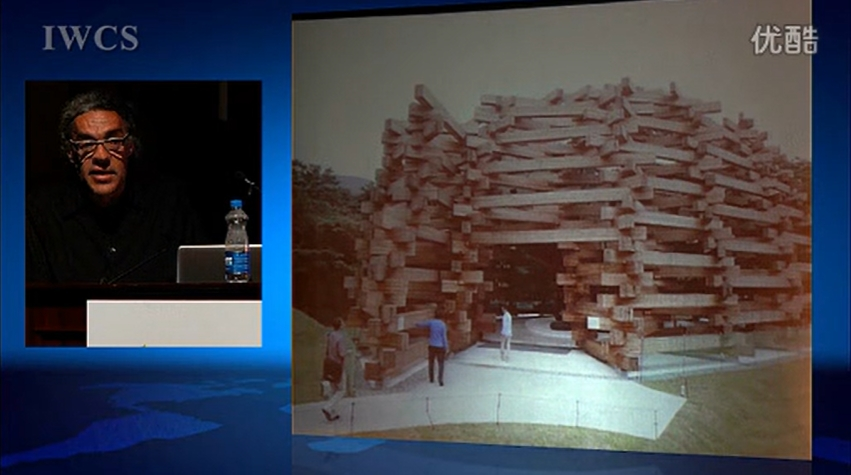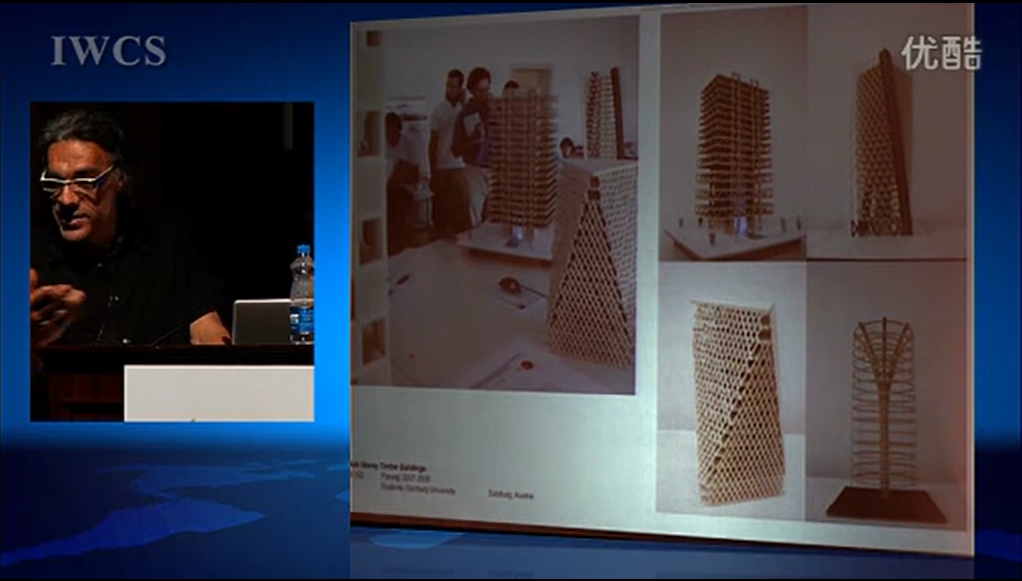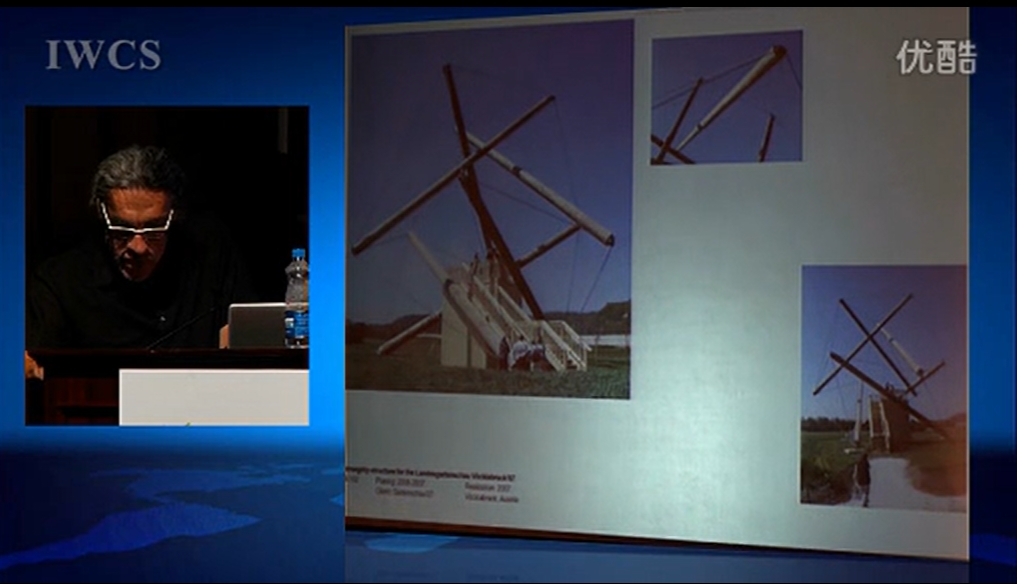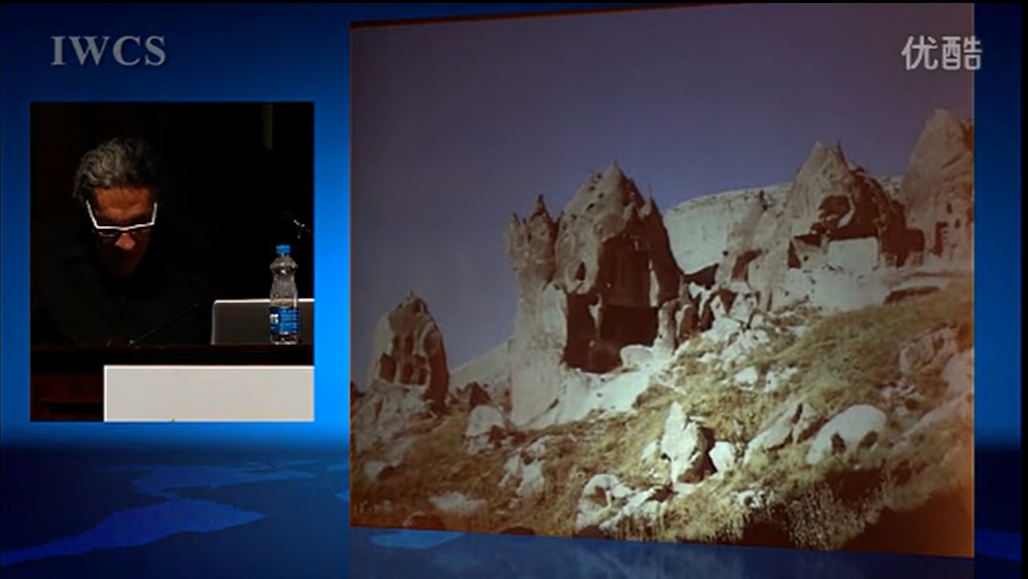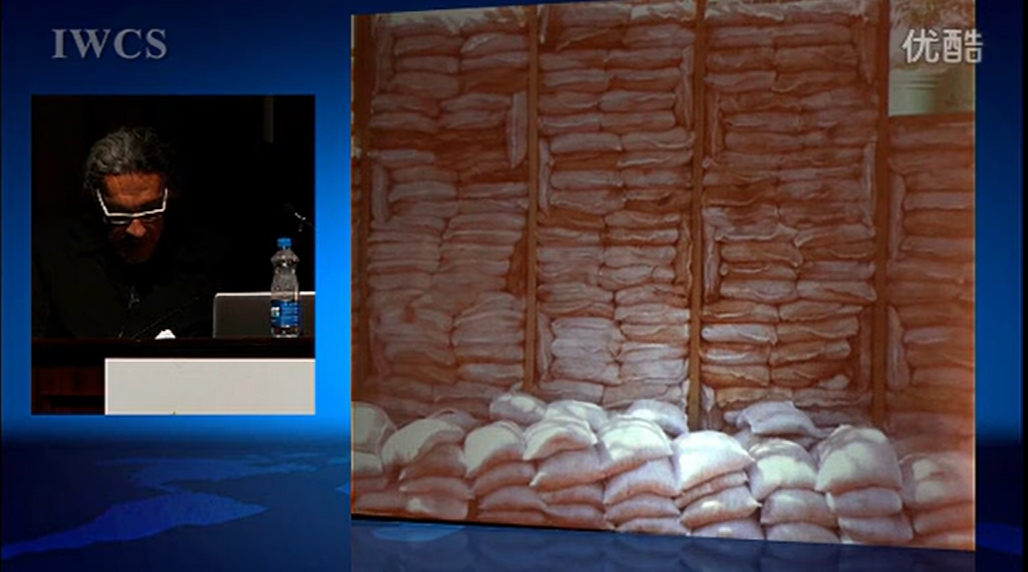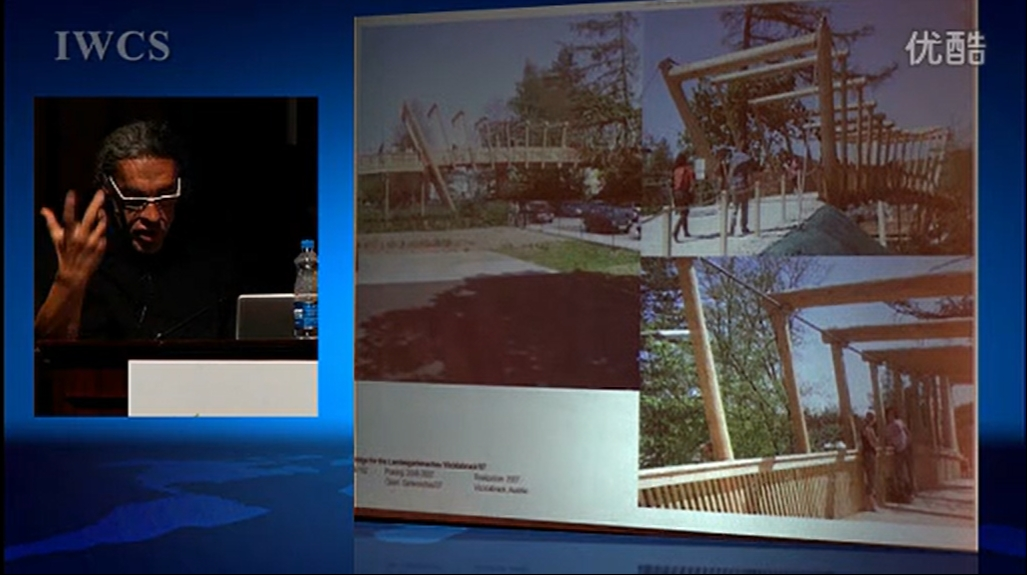活动名称:木艺木趣国际研讨会暨展览会
时间地点:2011年10月20日,印度班加罗尔J N Tata多功能礼堂
演讲嘉宾:Dustin Tusnovics
摘要:With his 1921 design for a glass high-rise on the Friedrichstrasse in Berlin, Ludwig Mies van der Rohe defined the modernist paradigm. Going against the neoclassical conception of architecture, he separated the shell from the core and the skin from the bones creating an environment whose transparency signified freedom and honesty. This architecture fully exploited the available technical possibilities in construction and was premised on HVAC systems that were only developed later. The technological development was harnessed with the goal of emancipating humankind and ushering in a just society that could provide decent housing for the workers. This is why the functionalists proudly declared, "the ethical necessity of the New Architecture can no longer be called in doubt." (Gropius, 1935)
It was with the same humanist interest in mind that Giancarlo de Carlo, in the revolutionary year of 1968, openly questioned the values of a society that would not hesitate to spend billions of dollars on wars and moon projects, and demanded the right to ask "why housing should be as cheap as possible and not, for example, rather expensive…" (Quoted by Frampton, 1982) Still, today, housing is not particularly cheap and we are still designing buildings after the same Miesian paradigm, and it is costing us dearly. The building sector is the largest consumer of energy, and its share increases if we also consider the indirect energy, the grey energy, involved for building materials, transport and eventually dismantling or recycling of buildings. If we look at the entire life cycle of each element of a built structure we will see that architecture, in a broad sense, is responsible for two thirds or more of the world energy consumption.
The success of modern architecture has put an enormous stress o resources. Now it is the turn of Miesian architecture to face a crisis. This crisis is also an opportunity for today‘s architects to prove their worth by switching the paradigm – and heading for the use of more renewable resources, in particular the increased use of timber based products.
This paper aims to describe why, the public at large accepts the necessity to reduce energy consumption, but does not support the usage of alternative or less energy intensive building materials; social aspects leave most people indifferent and cultural aspects are ignored since they are always subject to interpretation and judgement; affordability and appropriateness are seldom talked about; and building technology is seen as too complex to comprehend and therefore decisions are left to specialists.
关键词:architecture, paradigm shift, cognitive, sustainability, timber, ethics
Tusnovics博士是南非约翰内斯堡"空间结构和城市化问题"建筑实践项目的共同创始人之一。他曾担任奥地利萨尔茨堡应用科技大学木材建筑与设计专业的课程负责人,同时在奥地利、德国和意大利兼任建筑讲师并提供咨询服务。Tusnovics博士在萨尔茨堡创办了一门跨学科专题课程,专门研究可持续发展建筑与创新木结构设计。这一课程是他目前的重点工作,旨在为南非低收入社区提供基础项目的建设。


 10,273
10,273